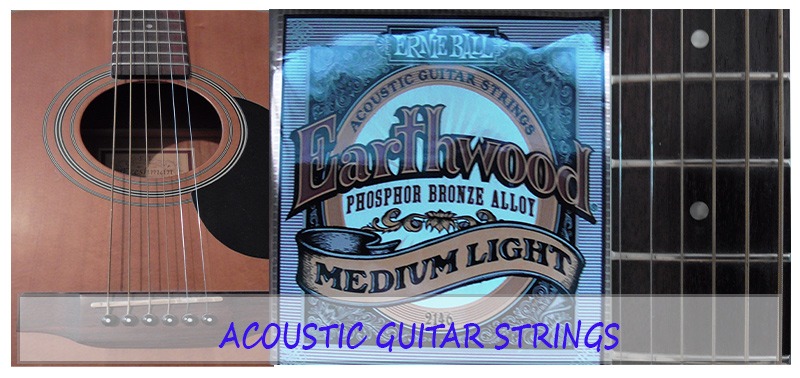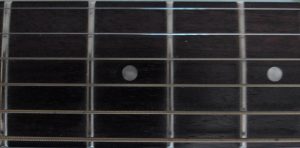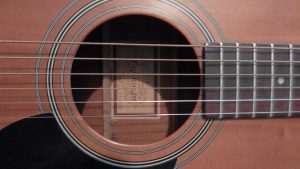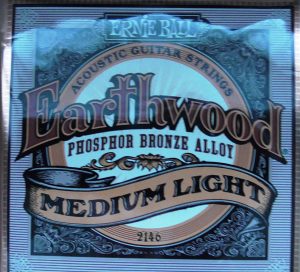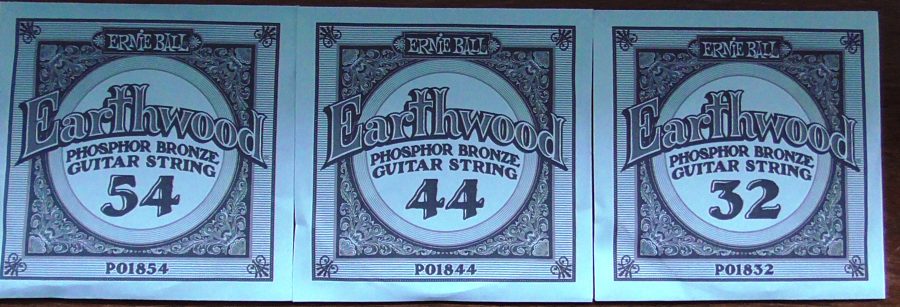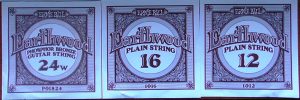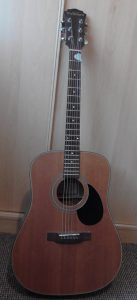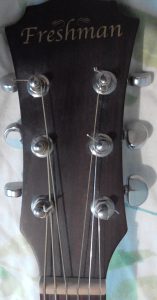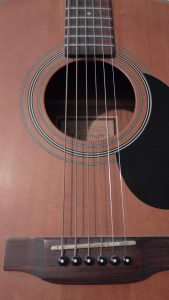What Gauge Acoustic Guitar Strings?
Do I need acoustic guitar strings? When you first start playing guitar, you usually play a guitar which has nylon strings. These strings are softer than acoustic strings (metal/steel strings), not so hard on beginner fingers. Moving on to an acoustic is exciting and gives a totally different sound. For me, I found I gripped the neck very firmly and pressed quite hard, this caused all sorts of problems. The guitar I had bought came with a light gauge string. It was easy to fret but as I pressed hard I was unconsciously bending the string and distorting the pitch. I began trying different brands of strings as well as gauges. The perfect string for me was a medium gauge, Ernie Ball brand string. I hope this blog helps you find your perfect gauge.
Choosing the Right Gauge Acoustic Guitar Strings for Your Playing Style
Understand String Gauges
Guitar strings come in various gauges, typically measured in thousandths of an inch. The gauge affects the acoustic guitar strings tension, tone, and ease of play. The most common ranges in string gauge is listed below.
- Light Gauge: Typically ranges from .010 to .047 (e.g., .012-.054). Easier to play, bends more easily, and is generally softer on the fingers.
- Medium Gauge: Typically ranges from .011 to .052 (e.g., .013-.056). Offers a balance between tone and playability. Suitable for most playing styles.
- Heavy Gauge: Typically ranges from .012 to .059 (e.g., .014-.059). Produces a fuller, more powerful tone, but requires more finger strength and can be harder to play.
What acoustic guitar strings gauge fits your playing style
If you enjoy mainly just strumming along.
- Light Gauge: If you primarily strum, lighter gauge strings (e.g., .010-.047) are often preferred for their playability and bright tone. They are easier on the fingers and less likely to cause hand fatigue.
- Medium Gauge: If you strum heavily or need more durability and a fuller sound, medium gauge strings (e.g., .011-.052) offer a good balance. They provide more volume and sustain.
Example: A folk guitarist who strums chords will likely find light gauge strings comfortable and easy to play.
Fingerstyle is a popular way of playing guitar
- Light to Medium Gauge: Fingerstyle players often prefer lighter to medium gauge strings for their clarity and ease of articulation. Lighter gauges make it easier to pluck and bend notes with precision.
- Tension Considerations: Fingerstyle players may prefer slightly heavier strings (e.g., .012-.054) for better tone and control, especially for intricate patterns.
Enjoy playing Lead and Soloing on your guitar
- Light Gauge: For lead guitarists who focus on solos and bends, light gauge strings (e.g., .009-.042 or .010-.046) are often preferred due to their lower tension, which makes bending and fretting easier.
- Heavy Gauge: Some lead guitarists who prefer a thicker tone and more sustain might opt for medium to heavy gauges (e.g., .011-.052 or .012-.054).
Blues and Rock is usually played on
- Medium to Heavy Gauge: Blues and rock guitarists often prefer medium to heavy gauge strings (e.g., .011-.052 or .012-.054) for their rich, full tone and sustain. Heavier strings can handle aggressive strumming and provide a thicker sound.
Assess Your Guitar Type and Setup as that may dictate your string gauge.
Guitar Type
- Standard Acoustic: Standard acoustic guitars can handle a range of gauges. Light to medium gauge strings are commonly used.
- Jumbo or Dreadnought: Larger guitars can handle heavier gauges better and can produce a fuller sound with medium to heavy strings.
- Small Body or Parlor: Smaller guitars often benefit from lighter gauge strings to avoid excessive tension that can affect the guitar’s tone and playability.
How is your acoustic guitar setup
- Action: The height of the strings from the fretboard affects playability. Heavier gauge strings increase tension and may require adjustments to the guitar’s action or truss rod.
- Truss Rod: Heavier strings add more tension, which might necessitate adjustments to the truss rod to maintain proper neck relief.
TOP TIP : Switching from light to medium gauge strings might require a truss rod adjustment for optimal playability.
Struggling with your choice of acoustic guitar strings, then try different gauges
It’s often a matter of personal preference, so don’t be afraid to experiment with different gauges to find what works best for you.
- Start with a Set: Begin with a commonly used gauge, such as light (.012-.054), and see how it feels and sounds.
- Adjust as Needed: If you find the gauge too light or too heavy, try different sets until you find the perfect balance between tone and playability.
Additional Considerations
- String Material: Different materials (e.g., phosphor bronze, 80/20 bronze, silk and steel) can affect the tone and feel of the strings. Experimenting with materials can also help you find your preferred sound and playability.
- Climate and Humidity: If you live in an area with high humidity, consider coated strings that resist corrosion and last longer.
Phosphor bronze strings offer a warm, bright tone that’s popular for acoustic guitars, while coated strings can be beneficial in humid environments
Choosing the right gauge for your acoustic guitar strings involves understanding your playing style, guitar type, and personal preferences. By considering these factors and experimenting with different gauges, you can find the strings that best suit your needs and enhance your playing experience.
Read an interview with Brian Ball, Ernie Ball’s grandson to learn how these strings are made. Take a look at this interesting article by Yamaha Guitars about the tone and balance of guitar and strings.
HAPPY PLAYING…

Essential multi fuel stove to heat your home
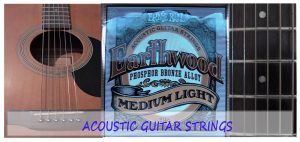
What Gauge Acoustic Guitar Strings?

Awesome day visit to the Beamish Museum

Stamp collecting a keep busy activity

